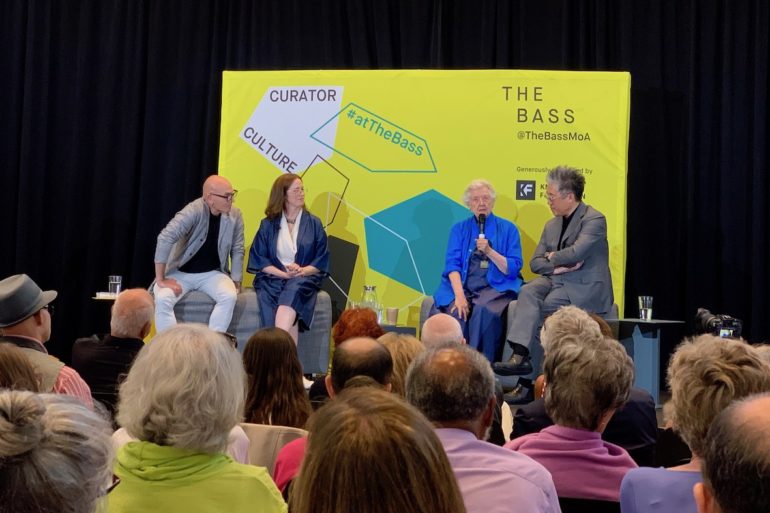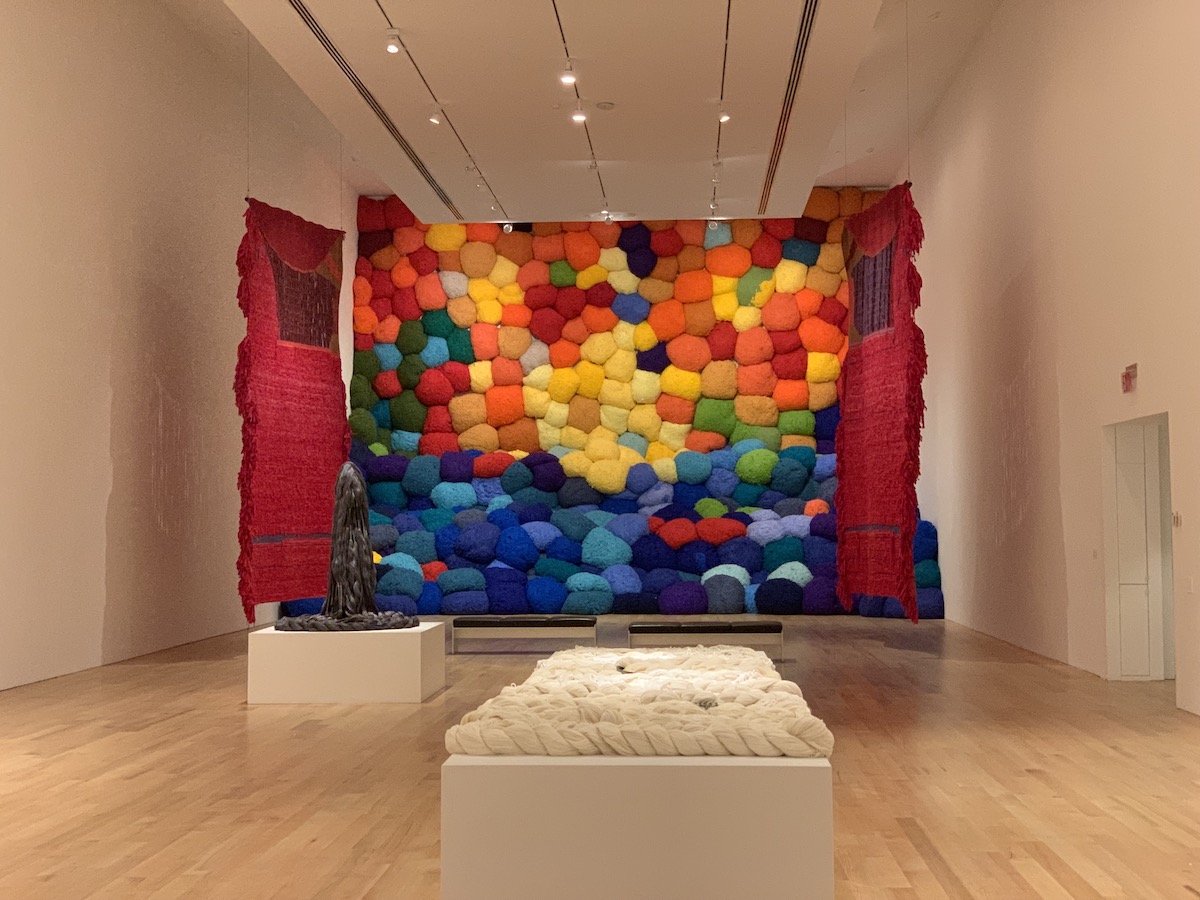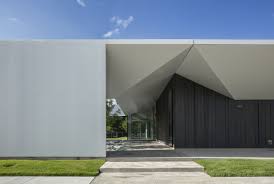
This post is also available in:

Sold out the appointment of the Cultur Curator at The Bass Museum of Art in Miami Beach which saw the dialogue between artist Sheila Hicks, author of the exhibition “Campo Abierto”, visible at the museum, and the founders of the architectural firm, Johnston Marklee in Los Angeles. An eight-eyed encounter during which the inevitable Tom Healy emphasized the similarities and not, between the world of art and architecture.
Sheila Hicks, an artist who does not need prologues due to the presence of her works in major exhibitions including the current The Bass Museum of Art, the Venice Biennale in 2017 and the George Pompidou Museum in Paris in 2018. A artist who, pupil of the spouses Albers, teachers at the Bauhaus who fled from Germany due to Nazi pressure, combines different colors and textures with structured, apparently abstract works that hide the meaning of the work in the title. The architectural firm Johnston Marklee is instead composed of partners Sharon Johnston and Mark Lee, who, like Sheila Hicks, had a curriculum vitae of their own, and were able to mix learning, teaching and architectural practice. In addition to being artistic directors of the 2017 Chicago Architecture Biennale, they held the Cullinan Chair at Rice University and the Frank Gehry International Chair at the University of Toronto. Their international projects include the Menil Drawing Institute in Houston, the renovation of the Museum of Contemporary Art in Chicago, the new UCLA Graduate Art Studios campus in Culver City, California and the design of the new Dropbox headquarters in San Francisco, while their preparatory works are exhibited at the Museum of Modern Art in New York, the Art Institute of Chicago, the Menil Collection, the Museum of Modern Art in San Francisco, the Carnegie Museum of Art and the TU Architecture Museum of Monaco.

Tom Healy succeeded in extrapolating amusing anecdotes from the participants: Sheila Hicks, the undisputed protagonist of the event, who recounted the artistic contaminations of her past, from the memory of the Albers spouses to the monumental and monolithic architecture of Louis Khan and the conceptual architecture of Luis Barragán. Funny the story of her most intimate vicissitudes: from the trip obtained with the Fulbright scholarship, in which she went to Caracas with a friend rather than in Chile where she was supposed to be , to her habit of conversing with people in the elevator. Many memories and many similarities that unite the work of Sheila Hicks with that of the architects for each of whom the fusion of art and architecture with the surrounding environment is fundamental. Examples are the exhibition Campo Abierto, in which the artist manages to emphasize the heights and spaces or the same art deco style building in which The Bass Museum of Art is located: a splendid architecture in white porous stone in whose complementary elements blend together to create a whole in perfect harmony with the beaches and landscape of Miami Beach. The Bass Museum, a building that Sheila Hicks defines: “Her favorite piece of the city”.
And if the artist and the architects proceed in the same way in the drafting of preparatory sketches and quick sketches, her works come to life giving rise to instinctive, immediate and improvised ideas that can remain as they are or can take shape projecting themselves on a larger scale into more complex works. Sheila HIcks is used to travelling and move around with a small wooden frame with which to make works and which is a meditation tool. Architecture in the same way proceeds from the sketch of an idea that is filled with connotations in close correlation with the environment, then becoming a real project, in which fundamental elements of Johnston Marklee’s perspective participate: the study of the landscape , the history of the place and its social dynamics. The Menil Drawing Institute is a striking example of how architecture, according to the architects’ concept, merged with the environment of the Menil collection campus, recalling nature, both in the structure of the building with its long and low profile, perfectly consistent with the surrounding environment, both in the cladding of the structure in gray cedar planks that recall the surrounding nature, where the windows are shaded by the branches of the trees. Parallelisms that invade the art of Sheila Hicks in the use of techniques and fabrics known during the trips made around the world, in search of remote and sublime traditions that amplify the richness of embroidery and colors and the inclusion of alternative materials .

But if on the one hand art and architecture merge, on the other, as pointed out by the irreverent Hicks: “For architecture, a guarantee certificate is not required as is the case with works of art”. Honors and burdens that all share with regard to the sustainability issue on which the participants agree in saying that the solution is in recycling: recycling of materials and use of objects rejected by Hicks and development of sustainable plans for the renovation of historic buildings or old for Johnston Marklee architects.
